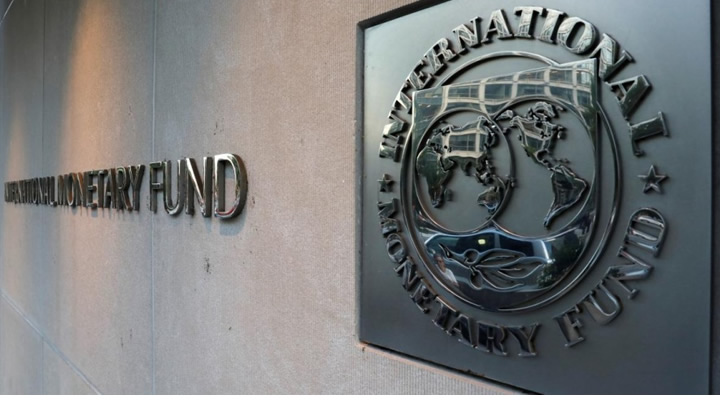In a study released Tuesday, the IMF maintained its global growth projection for 2024 while lowering forecasts for the United States and Japan, warning of inflation risks and trade conflicts ahead.
According to the latest World Economic Outlook update, the International Monetary Fund expects the global economy to increase 3.2 percent this year, unchanged from its April prediction.
“Global activity and world trade firmed up at the turn of the year, with trade spurred by strong exports from Asia, particularly in the technology sector,” said the fund’s report.
It predicts a 3.3% global growth rate in 2025.
But even as many countries saw better growth than anticipated in the first three months this year, the IMF flagged what it called notable surprises in Japan and the United States.
Despite better-than-anticipated growth in many countries during the first quarter of this year, the IMF highlighted significant surprises in Japan and the United States.
The Washington-based lender also warned that inflationary pressures have increased, with persistent high service prices slowing disinflation.
This heightens the likelihood of prolonged elevated interest rates “amid escalating trade tensions and increased policy uncertainty.”
IMF Chief Economist Pierre-Olivier Gourinchas expressed concern over trade and industrial policies, noting that countries might adopt measures affecting global economic integration.
When asked if risk assessments changed after the attempted assassination of former US President Donald Trump, the Republican Party’s nominee for the November election, Gourinchas stated the fund would consider its implications.
Lower US Forecast
While global growth remains stable, the IMF has revised down projections for the United States and Japan.
US growth for 2024 has been downgraded to 2.6 percent, 0.1 percentage points lower than April’s forecast, due to a “slower-than-expected start to the year,” according to the IMF.
Japan’s economy is now expected to expand by 0.7 percent this year, 0.2 percentage points below initial expectations, mainly due to temporary supply disruptions and weak private investment in the first quarter.
Conversely, the euro area is showing recovery signs, with strong services activity, although manufacturing remains weak, Gourinchas said.
In Asia, China and India are expected to drive growth. China’s 2024 forecast has been revised up to 5.0 percent due to a rebound in private consumption and strong exports. India is projected to grow by 7.0 percent, partly due to better consumption prospects.
However, Gourinchas also noted risks to China from weak confidence and unresolved property sector issues. If domestic demand weakens, China might rely more on the external sector, a situation the United States opposes.
Inflation Risks
The IMF warned of persistent inflation risks amid renewed trade or geopolitical tensions, although it expects inflation to return to target by the end of 2025.
Wage growth, if coupled with weak productivity, could make it difficult for firms to reduce prices.
An escalation of trade tensions could also increase near-term inflation risks by raising the costs of imported goods, the IMF noted.
Higher inflation could lead to prolonged high-interest rates, heightening financial risks.
The IMF advised careful monetary policy adjustments.
A resurgence of tariffs could trigger retaliation and a “costly race to the bottom,” according to the report.
Another source of uncertainty is the potential for “significant swings in economic policy due to elections this year, with negative spillovers to the rest of the world.”



